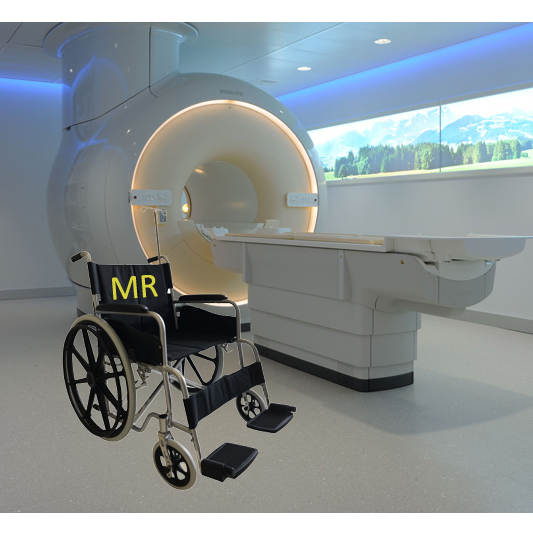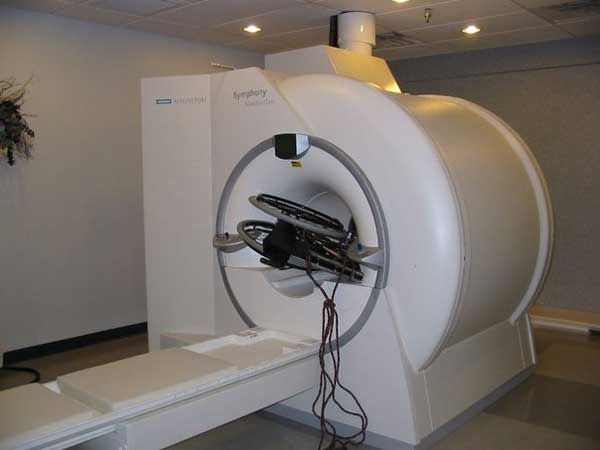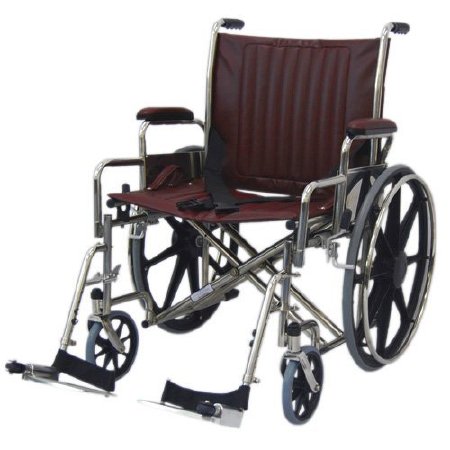
Anyone who’s ever worked around an MRI machine or had to undergo an MRI scan knows that it’s critical that absolutely everything in the room is MRI compatible Wheelchair. The biggest precedence is to make sure that nothing magnetic comes within the propinquity of the machine. It’s not only the people – like radiology technicians and patients – who are around MRI machines while they’re laboriously operating who have to be concerned about magnetic items. Anyone who comes within the propinquity of an MRI machine at any time must abide by the “no ferrous material inside” rule. This is because an MRI attraction is always “on”. It’s far too expensive and time-consuming to power down these machines, so the strong magnetic pull is constantly present. Since these objects are most generally made of, or contain, steel, which is purely magnetic, they’re a no-go.

Why can’t any Metal be used in MRI machine Environment?
As the name – Magnetic Resonance Imaging – indicates, MRI machines use magnetic waves, and those electromagnetic waves are extremely important. The MRI machine has a strength of 0.5T to 5 Tesla which is roughly a thousand times more than the earth`s magnetic field strength. This means that anything magnetic in the room will be attracted to the MRI machine – fleetly and dangerously attracted. The majority of accidents occurring in an MRI environment are due to the normal wheelchairs routinely used in the hospital, magnetically attracted to an MRI machine. Objects as ubiquitous and benign (outside the goods of the MRI) as chairs, medical gas cylinders, and floor polishers can be magnetically attracted with huge force becoming Life-Threatening.”
How to select the Right Metal for the MRI environment?
When looking for what type of metal is MRI safe, just know that it has to be non-magnetic, also called non-ferrous or non-ferromagnetic. Common non-ferrous metal includes:
* Titanium
* Aluminium
* Brass
* Copper
* Aluminium
*Bronze Alloy
By far, the most common metal used for MRI-compatible items or tools is Aluminium. And for good reason. Aluminium is an excellent material to make MRI-safe products because it’s featherlight and strong, in addition to being nonmagnetic. A volition like an aluminium bronze amalgamation works in an MRI space. Also, while Aluminium is a veritably hard, durable metal, numerous other nonferrous metals are not.

MRI Safe Wheelchairs
Numerous MRI installations use ferromagnetic discovery tools to help snare out anything that may have gone overlooked. But it’s always important to be redundant careful and double-check yourself if you have to enter an MRI space as a patient or a worker. MRI contraindications like leaders, aneurysm clips in the brain, shrapnel, or insulin pumps may not be so egregious, however, so always ask if you have any questionable particulars on or in your person.
MR Wheelchair Specifications
Key Highlights of the MR Compatible Wheelchairs:
How to Choose the Right Wheelchair?
It’s important to understand that everyone is unique and has individual routines and diurnal liabilities. All these need to be taken into consideration when choosing a wheelchair and setting it up. Of course, if we recommend the lightest weight wheelchair possible, also it’s important to consider the weight of the factors we put on it! Make sure your seat bumper provides the applicable quantum of support and skin protection grounded on your requirements and capability to freight shift but also that it doesn’t add weight to the wheelchair. also, choose soft support that provides the quantum of support you need, which will vary depending on the position of injury. Flashback to consider the tackle as it can vary in weight depending on the manufacturer.
©2024 Kryptonite SolutionsTM. All Rights Reserved.
Powered by: Purple Tuché